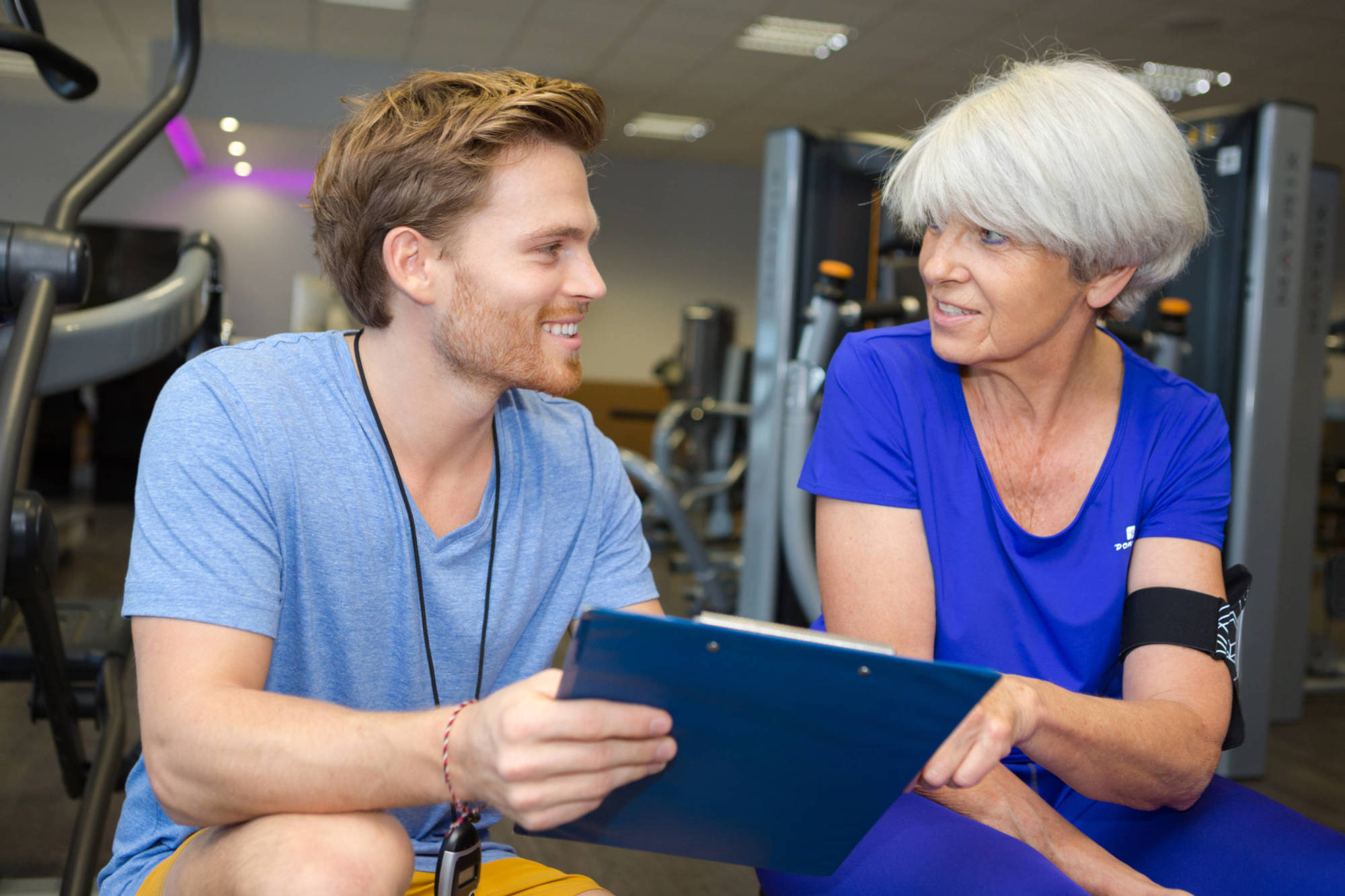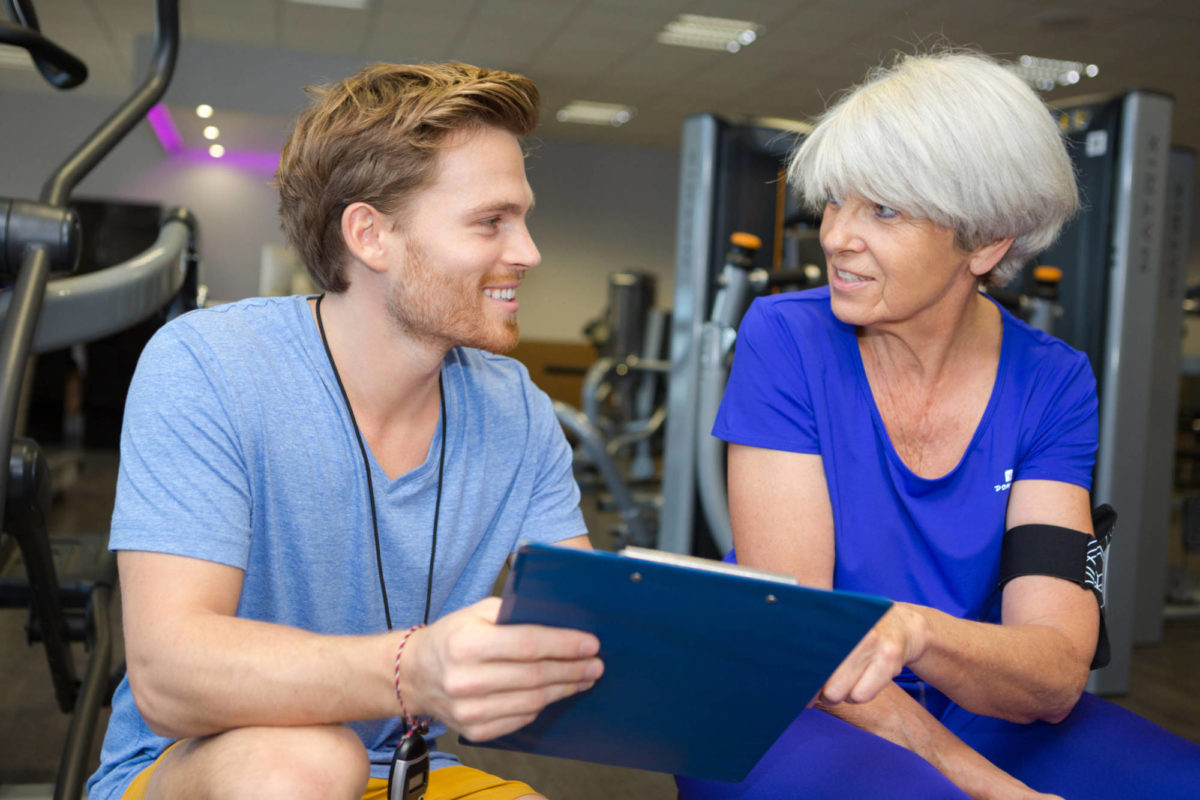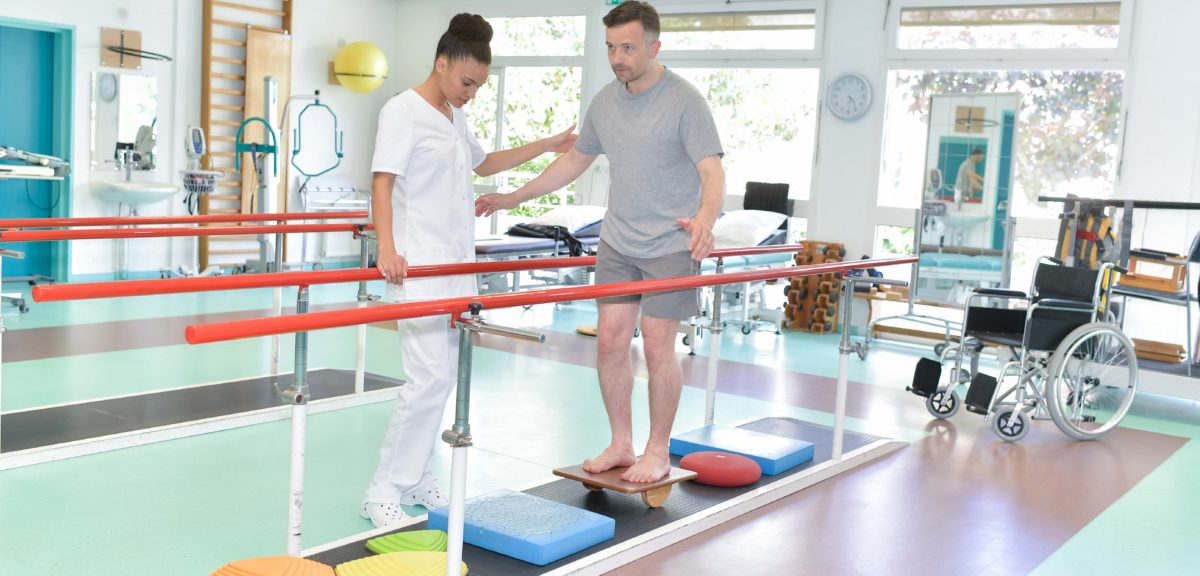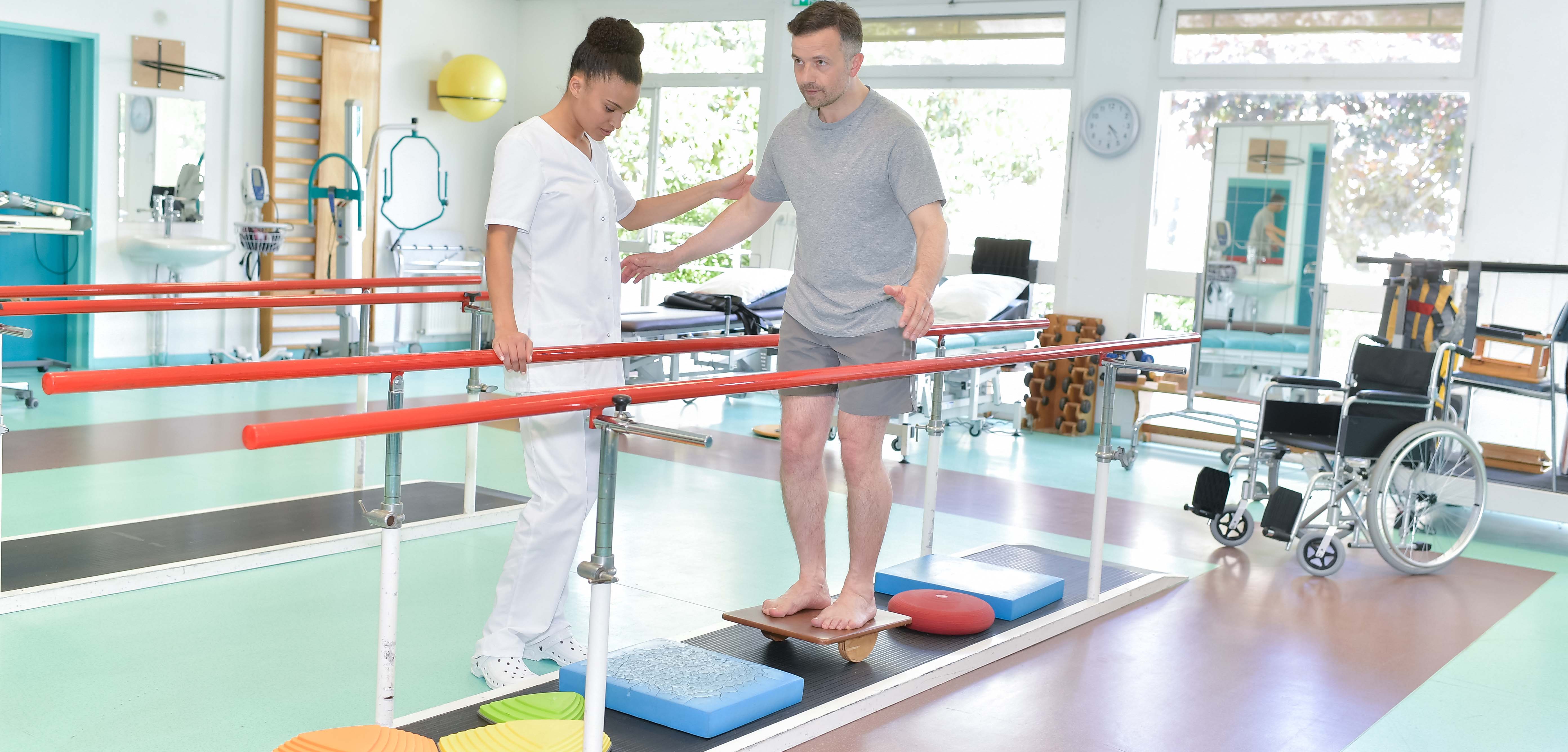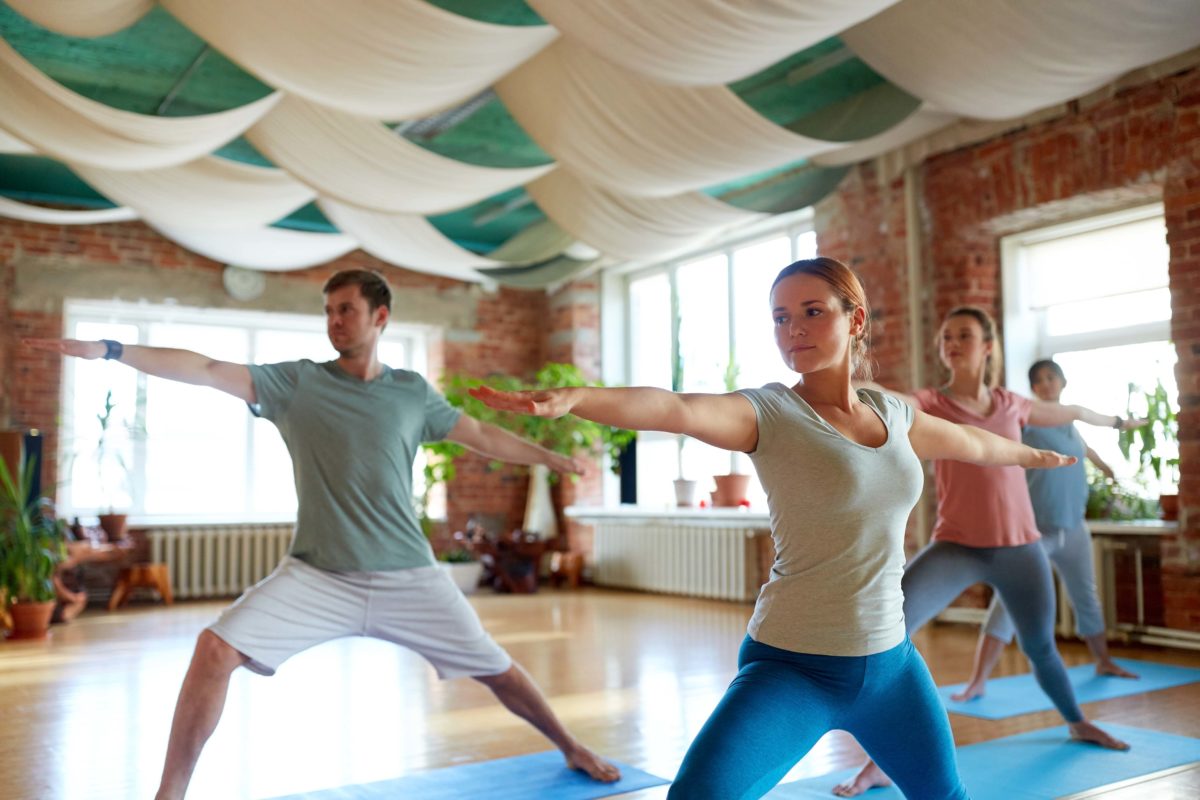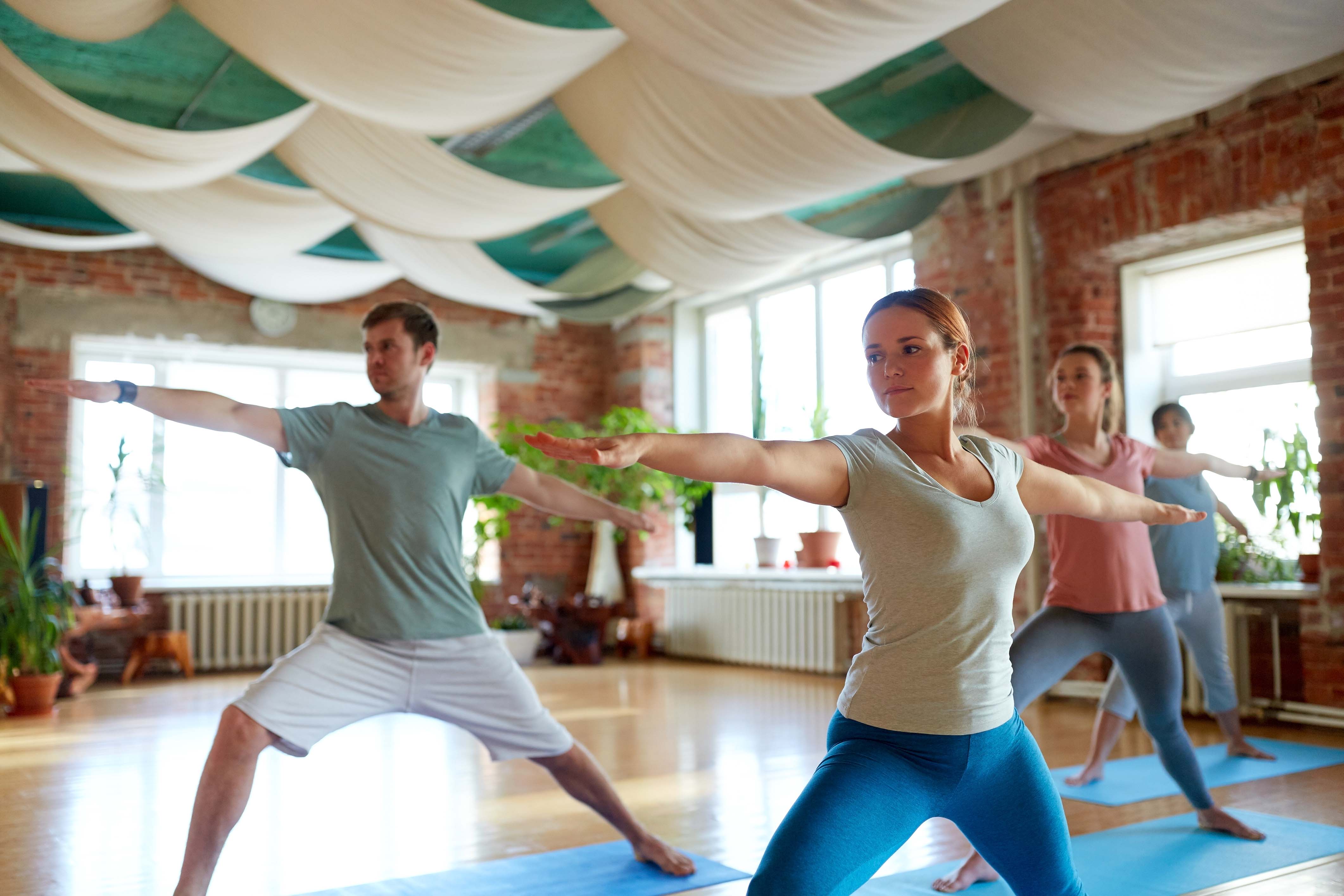Physical therapists are experts in movement analysis. The vast majority of physical therapists have received a Doctor of Physical Therapy from an accredited university link: http://aptaapps.apta.org/accreditedschoolsdirectory/AllPrograms.aspx?UniqueKey=. The programs are about 3 years in length, bringing their university education to about 7 years in total. Although physical therapists are well trained and have had intense curricula, the general public doesn’t have a clear understanding of what physical therapists do. When I first came out of physical therapy school, the first thing my friends would ask me is if they could get a free massage. I would also get patients who were expecting to be massaged during their entire session, and then leave without doing any exercise. This perception of what I did for a living led to my desire to make people understand what PTs are capable of doing.
So, what can you expect when you see a physical therapist?
-When you come in to the clinic for your initial evaluation, your therapist will take a look at your PT prescription if you have one, look at your medical history, and ask you a series of questions regarding your symptoms. Some questions may regard when your pain started, what makes the pain better or worse, if you’ve had any xrays or MRIs, what you do for a living, what your exercise regimen is like, and what your goals are. With each question asked, your PT is formulating a hypothesis as to what is causing your symptoms. Sometimes I have 2 or 3 diagnoses that I am hypothesizing. Also of note is that you don’t have to have pain to see a PT. If you have any movement problems, such as impaired balance or decreased walking endurance, physical therapists are capable of working with you.
-Once the interview portion is complete, your therapist will then perform a series of tests that will examine your posture, range of motion, balance, strength, flexibility, muscle quality, and joint mobility. He or she may also ask you to demonstrate some functional motions, such as squatting, sit to stands, stair climbing, or running, in order to assess your movement quality. This portion of the evaluation, also called the objective exam, is used to rule in or rule out the hypotheses your therapist had after the interview.
-After the object exam, your therapist will formulate the best treatment plan that is specific to your impairments. The treatment may consist of manual therapy, exercises, stretches, and modalities. Because physical therapists are trained in movement analysis, they are able to figure out what the cause of your symptoms are, versus covering up the symptoms. For example, if, when walking, you are experiencing knee pain, your therapist may see that your hip is moving in a non ideal manner. After performing the objective exam, your therapist may explain to you that because of problems in your hip, you are experiencing pain in your knee. Therefore, in order to treat your knee fully, your therapy will focus a lot on your hip.
-Physical therapists are an integral member of the health care team. Your therapist will communicate with your physician regarding your progress. Therapists may refer to other practitioners if they feel that a patient is not appropriate for physical therapy. For example, if your back pain doesn’t seem truly related to a neuromusculoskeletal (related to nerve, muscles, or bone) injury, your therapist may refer you back to your physician, as your symptoms may be related to organ impairments. In the state of California, consumers are able to see a PT directly for 12 sessions or 45 days, whichever comes first. Some insurances still require you to see a physician first, but this will allow you to see a physical therapist sooner, which may help get to the root cause much faster and help to speed up your recovery.
I hope you have a clearer understanding of what physical therapists are capable of doing. Make an appointment to see a therapist and start your road to recovery!
